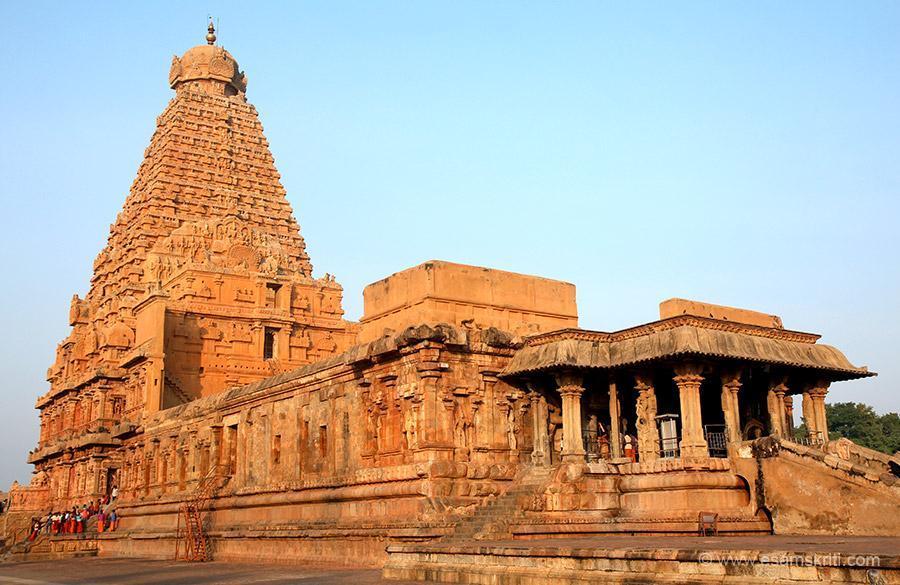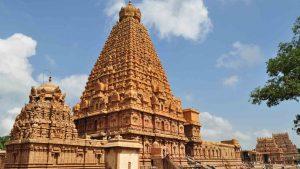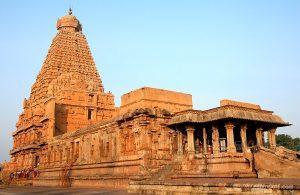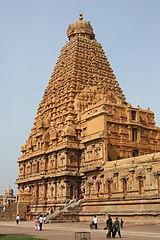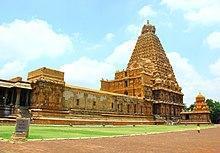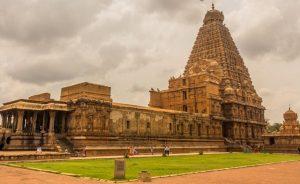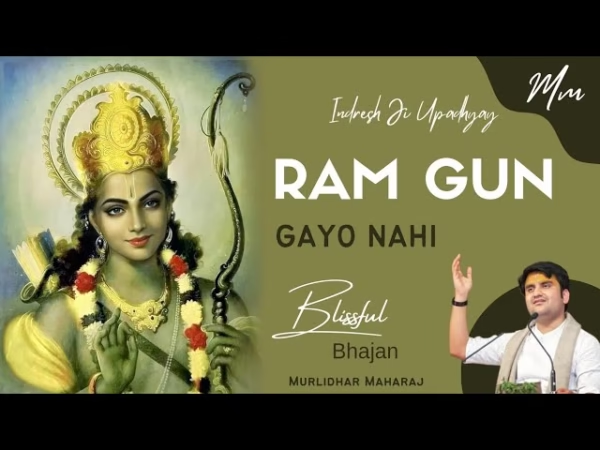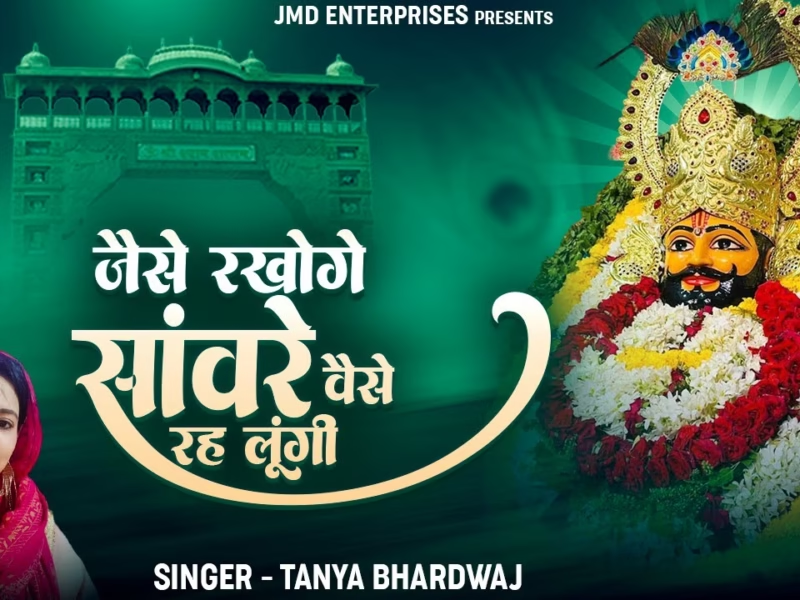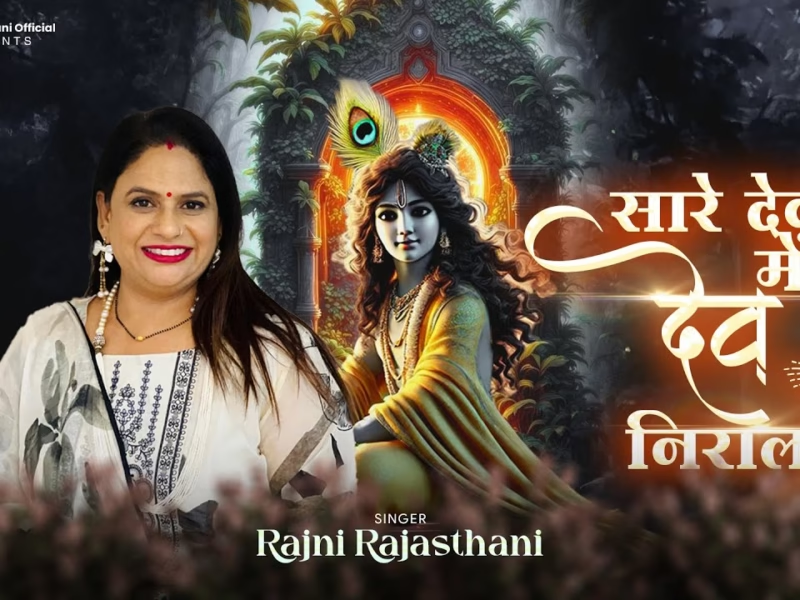Contents
Brihadisvara Temple, Ariyalur, Tamil Nadu
| Date built: | 11th century AD |
|---|---|
| Deity: | Shiva |
| Architectural style: | Dravidian architecture |
| Major festivals | Maha Sivaratri |
| Locale: | – |
| District:: | Thanjavur |
| Address: | Membalam Rd, Balaganapathy Nagar, Thanjavur, Tamil Nadu 613007 |
| Phone | – |
Brihadisvara Temple at Gangaikonda Cholapuram is a Hindu temple dedicated to Shiva in Gangaikonda Cholapuram, Ariyalur district, in the South Indian state of Tamil Nadu. Completed in 1035 AD by Rajendra Chola I as a part of his new capital, this Choladynasty era temple is similar in design, and has a similar name, as the older 11th century, Brihadeeswarar Temple about 70 kilometres (43 mi) to the southwest in Thanjavur. The Gangaikonda Cholapuram Temple is smaller yet more refined than the Thanjavur Temple. Both are among the largest temples in South India and examples of Dravidian style temples. The temple is also referred to in texts as Gangaikonda Cholapuram Temple or Gangaikondacholeeswaram Temple .
The main temple dedicated to Shiva is based on a square plan, but it reverentially displays other Hindu deities such as Vishnu, Durga, Surya, Harihara, Ardhanarishvara, and others.[3][5] It opens to the sunrise and its sanctum, as well as the mandapas, are aligned on an east-west axis. In addition to the main shrine, the temple complex has a number of smaller shrines, gopura, and other monuments, with some partially ruined or restored in later centuries. The temple is famed for its bronze sculptures, artwork on its walls, the depiction of Nandi and the scale of its tower. As well as its notability for having been built by Rajendra I, the temple is also noteworthy for its numerous inscriptions, although none of them are his.
Except for this temple, the old city of Gangaikonda Cholapuram – the capital of a powerful Asian empire for over two centuries along with its other major Chola-era Hindu temples have been completely destroyed, leaving a desolate place. The Gangaikonda Cholapuram temple remains an active temple. Four daily rituals, and many yearly festivals are held there, of which the Shivarathriduring the Tamil month of Masi (February–March), Aipassi Pournami during Aipassi (October– November) and Thiruvadirai during Margazhi (December–January) are the most prominent. It is one of the most visited tourist attractions in Tamil Nadu. The Archaeological Survey of India (ASI) administers the temple as a protected heritage monument. UNESCO declared it a World Heritage Site in 2004, along with the Brihadeeswarar Temple at Thanjavur and Airavatesvara temple at Darasuram. These are referred to collectively as the Great Living Chola Temples.
Architecture
Legend / Local stories
A spectrum of Hindu temple styles continued to develop from the 5th to the 9th century over the Chalukya era rule as evidenced in Aihole, Badami and Pattadakal, and then with the Pallava era as witnessed at Mamallapuram and other monuments. Thereafter, between 850 and 1280 CE, Cholas emerged as the dominant dynasty.The early Chola period saw a greater emphasis on securing their geopolitical boundaries and less emphasis on architecture. In the 10th century, within the Chola empire emerged features such as the multifaceted columns with projecting square capitals. This, states George Michell, signaled the start of the new Chola style. This South Indian style is most fully realized both in scale and detail in the Brihadeshvara temple built between 1003 and 1010 by the Chola king Rajaraja.The architect and engineer of the temple was Kunjara Mallan Raja Raja Rama Perunthachan as stated in inscriptions found at the temple.
Additions, renovations and repairs
The main temple along with its gopurams are from the early 11th century. The temple also saw additions, renovations, and repairs over the next 1,000 years. The raids and wars, particularly between Muslim Sultans who controlled Madurai and Hindu kings who controlled Thanjavur caused damage.These were repaired by Hindu dynasties that regained control. In some cases, the rulers attempted to renovate the temple with faded paintings, by ordering new murals on top of the older ones. In other cases, they sponsored addition of shrines. The significant shrines of Kartikeya (Murugan), Parvati (Amman) and Nandi are from the 16th and 17th-century Nayaka era.Similarly the Dakshinamurti shrine was built later.
Photo Gallery
How to Reach:
The Brihadeeswarar Temple is located near the village of Gangaikonda Cholapuram, about 280 kilometres (170 mi) southwest of Chennaiand 50 kilometres (31 mi) from Chidambaram. Roughly 70 kilometres (43 mi) to the northeast is the similarly named Chola dynasty era Brihadeeswarar Temple in Thanjavur, and is about 30 kilometres (19 mi) to the northeast of the Airavatesvara Temple. All three are UNESCO world heritage sites.
The temple is on Highway 81 connecting Tiruchirappalli and Chidambaram.The nearby city of Chidambaram is connected to other major cities by daily trains on the Indian railway network, Tamil Nadu bus services and National Highways 36, 81, and 245.The nearest airport with regular services is Tiruchirappalli International Airport about 120 kilometres (75 mi) away.
Though inland, the temple is near the Kollidam River, within the Cauveri River delta with access to the Bay of Bengal and through it to the Indian Ocean.
Contact Details
Official Address

